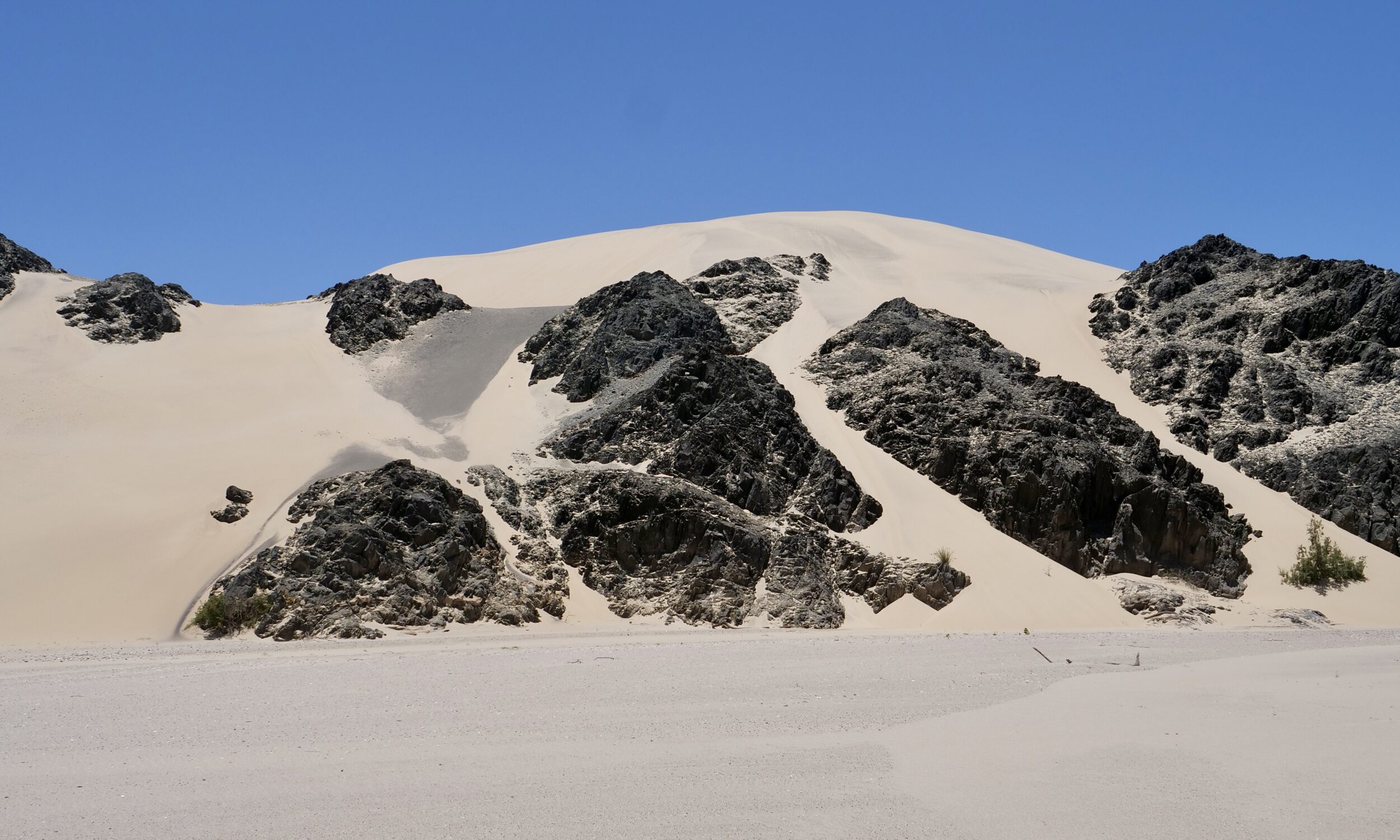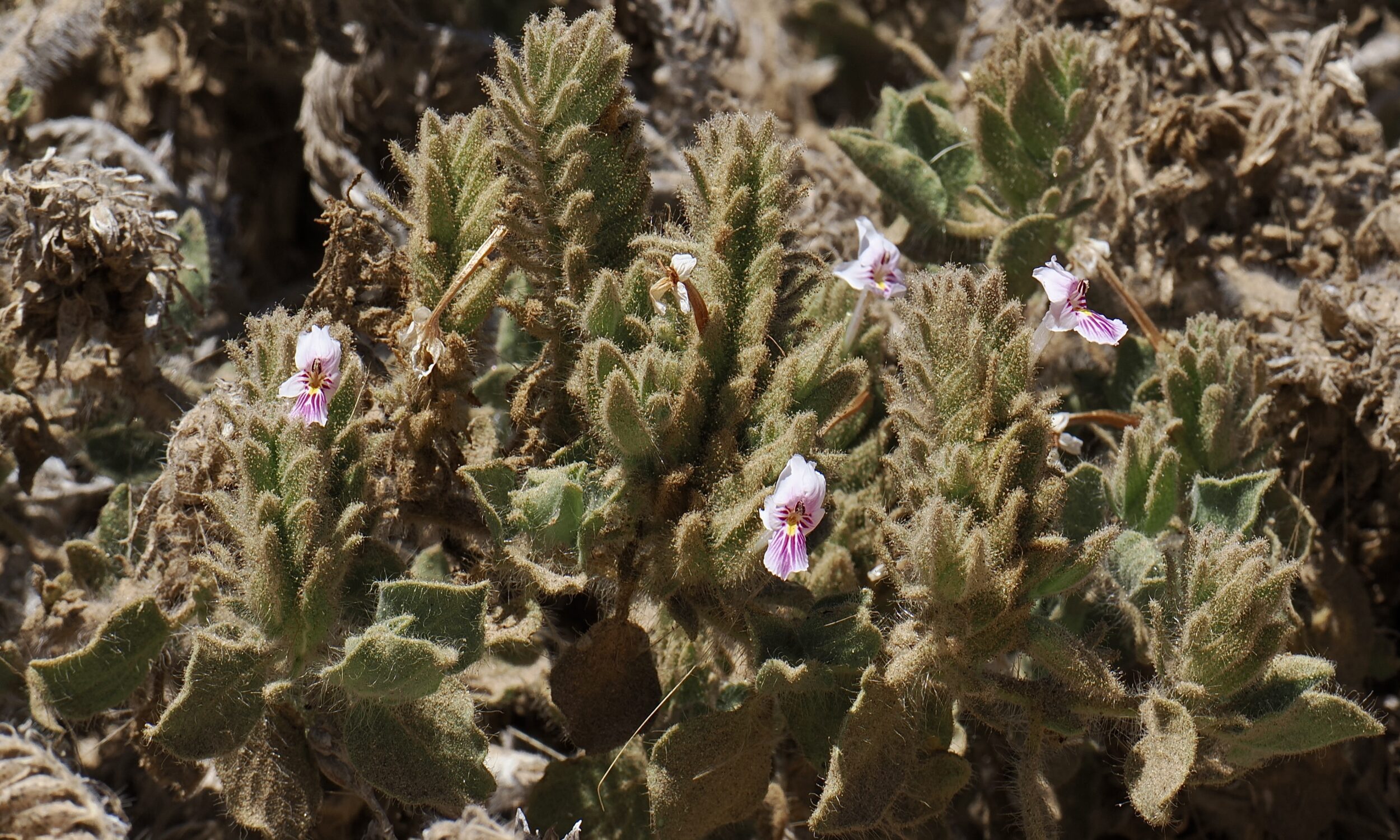At 3.13 pm on 13 March 2024 we were on our way back to Goolwa.
At that moment – forty minutes shy of the Goolwa Barrage – I loved the pictured combination of avian “group kerfuffle”, the slightly comic grace of “the lone pelican”, and the “unruffled tranquility” of the birds in the background.
Comments closed







